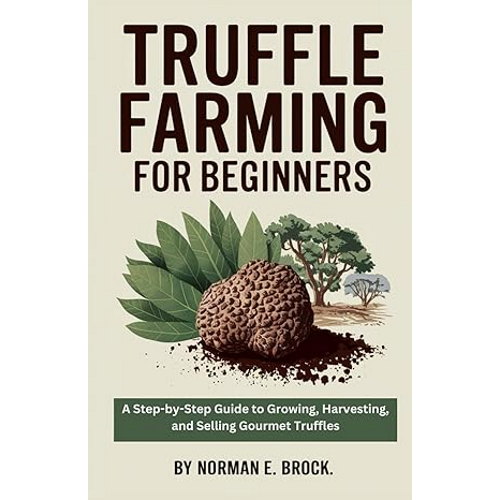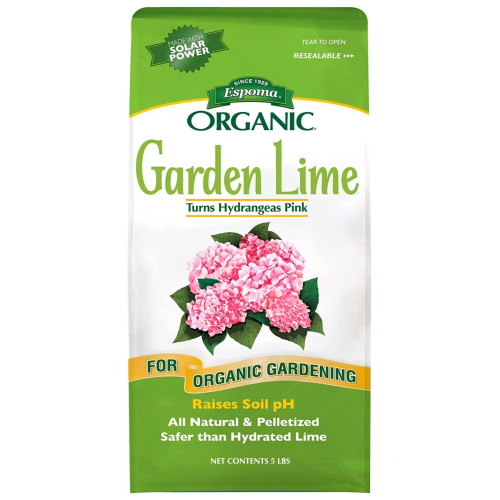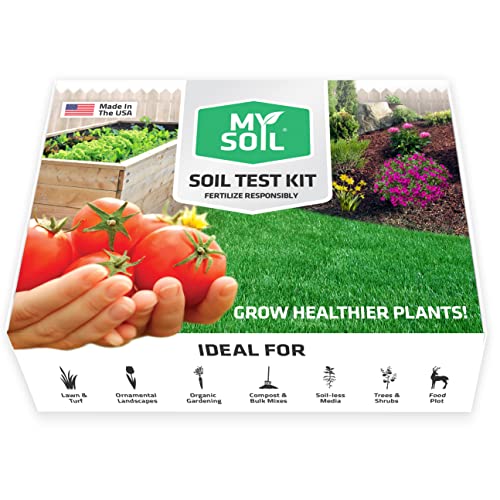Can You Grow Truffles? An Expert Reveals You Can Cultivate This Luxury Product – But it is Far From Simple
Growing truffles is a long-term commitment
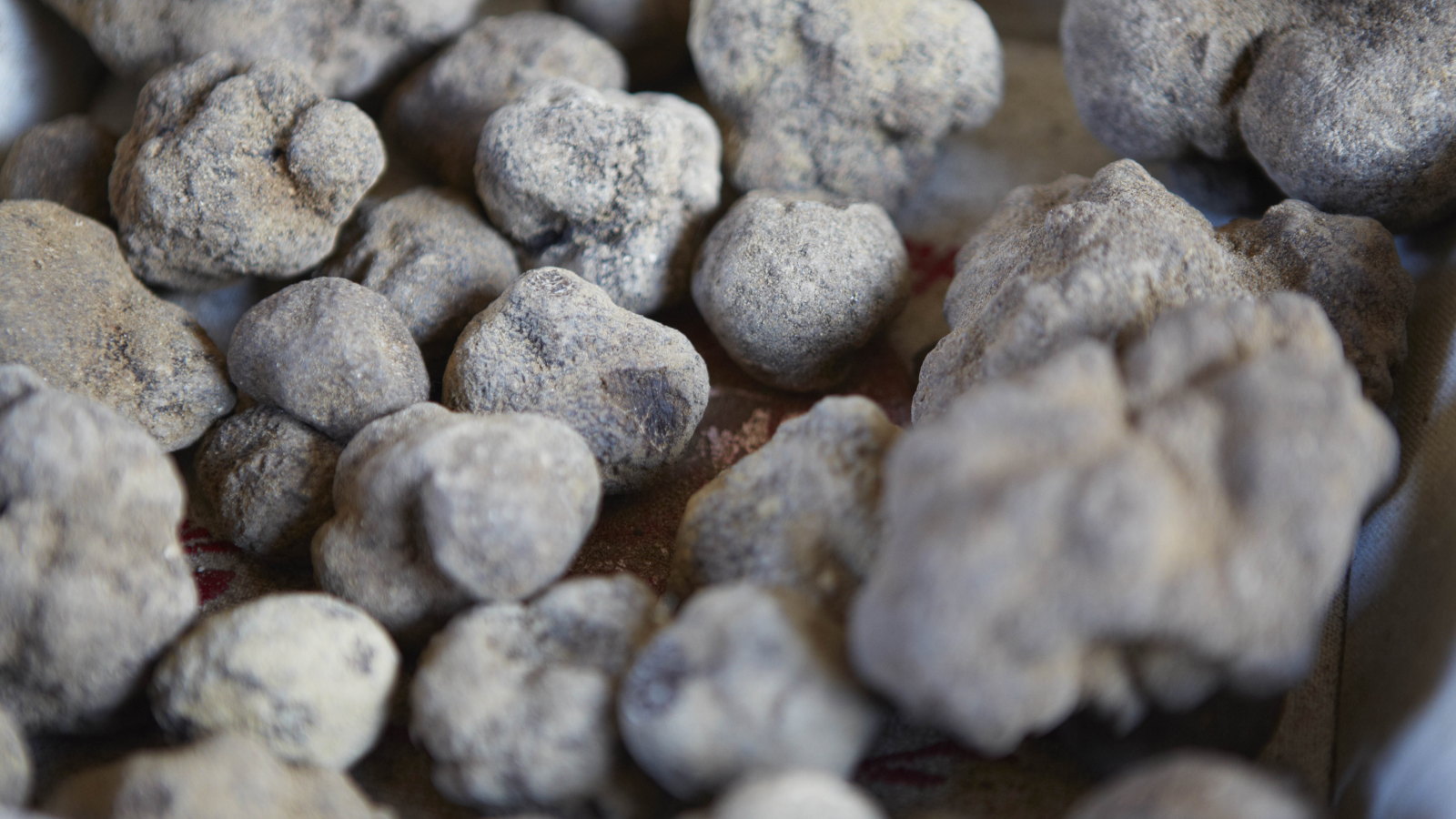
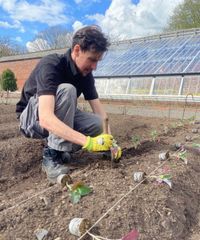
Have you ever wondered about growing truffles? Not the chocolate ones, but the expensive ones that are typically served in high-end restaurants. They are a delicacy and one of the world's most costly foods, but how easy are they to grow?
If you have thought about how to grow truffles, the unfortunate truth is that it is an intricate, long-term project with no guarantee of success. Many barriers make growing truffles out of reach of typical gardeners, as the crop requires space, time, and a very particular set of conditions.
Here, Vanessa Shea, who manages the farm operations at Virginia Truffles, including truffle hunting on the family-run truffle farm, reveals how complex growing truffles can be. This guide on how to grow truffles also highlights the lengths you need to go to have any chance of harvests, as it is not just a case of planting truffles in your backyard kitchen garden.
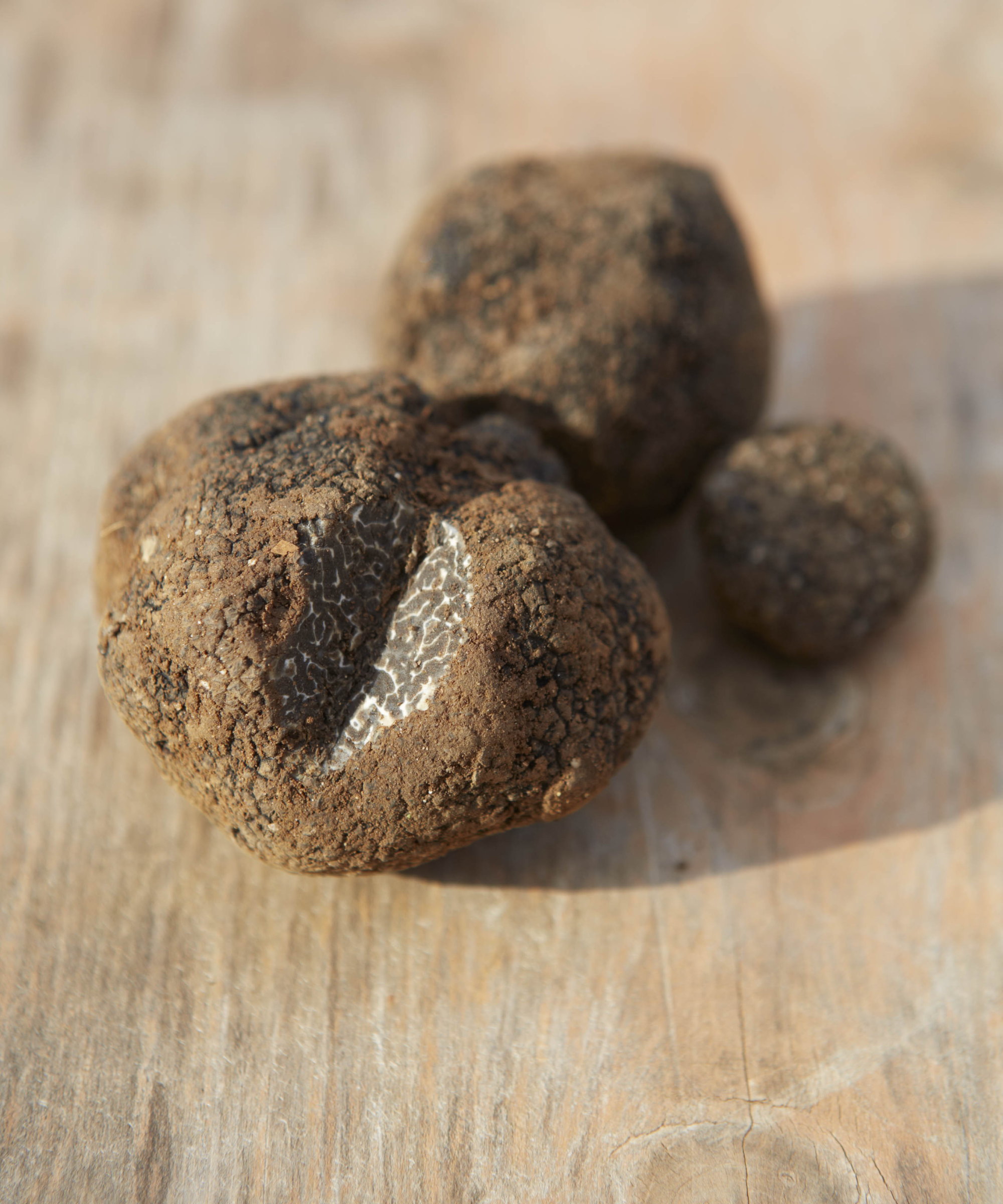
How do Truffles Grow?
Truffles are edible fungi that grow underground in symbiosis with tree roots. They attach to the roots of host trees and develop a mutual relationship, where the fungus receives sugars from the tree, while the tree gets water and nutrients from the fungus.
'Growing truffles successfully requires very specific conditions and a long-term commitment,' says Vanessa Shea from Virginia Truffles. 'You can't just plant a truffle. Instead, you plant inoculated seedlings - trees whose roots are pre-inoculated with truffle spores.
'While home growers can establish a small orchard, it's more realistic to think of it as a small-scale farm project than a backyard garden. It takes several years, specialized soil, and ongoing management to achieve success.'
The main types of truffles are black or white truffles, with the latter being rarer of the two and more difficult to grow.
Design expertise in your inbox – from inspiring decorating ideas and beautiful celebrity homes to practical gardening advice and shopping round-ups.
Each truffle type has specific host trees, and Vanessa highlights English Oak (Quercus robur), Holm Oak (Quercus ilex), Hazelnut (Corylus avellana), and Greenspire Linden (Tilia cordata) as some of the most common host trees for the simpler (but still not easy) black truffles.
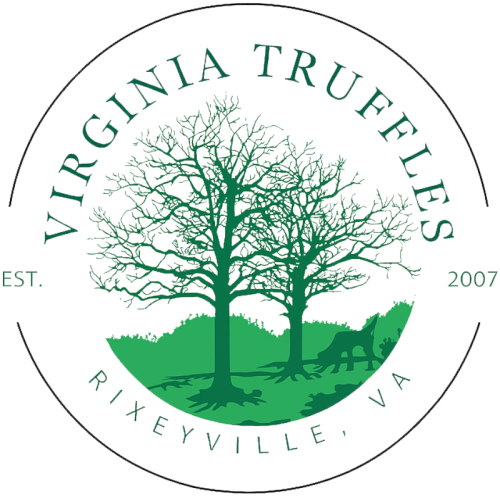
Vanessa Shea manages all aspects of farm and business operations, including truffle hunting, at Virginia Truffles, a family-owned and operated truffle farm nestled in the heart of Rixeyville, Virginia. Virginia Truffles was founded in 2007 and is dedicated to advancing truffle cultivation techniques in the United States.
Where to Grow Truffles
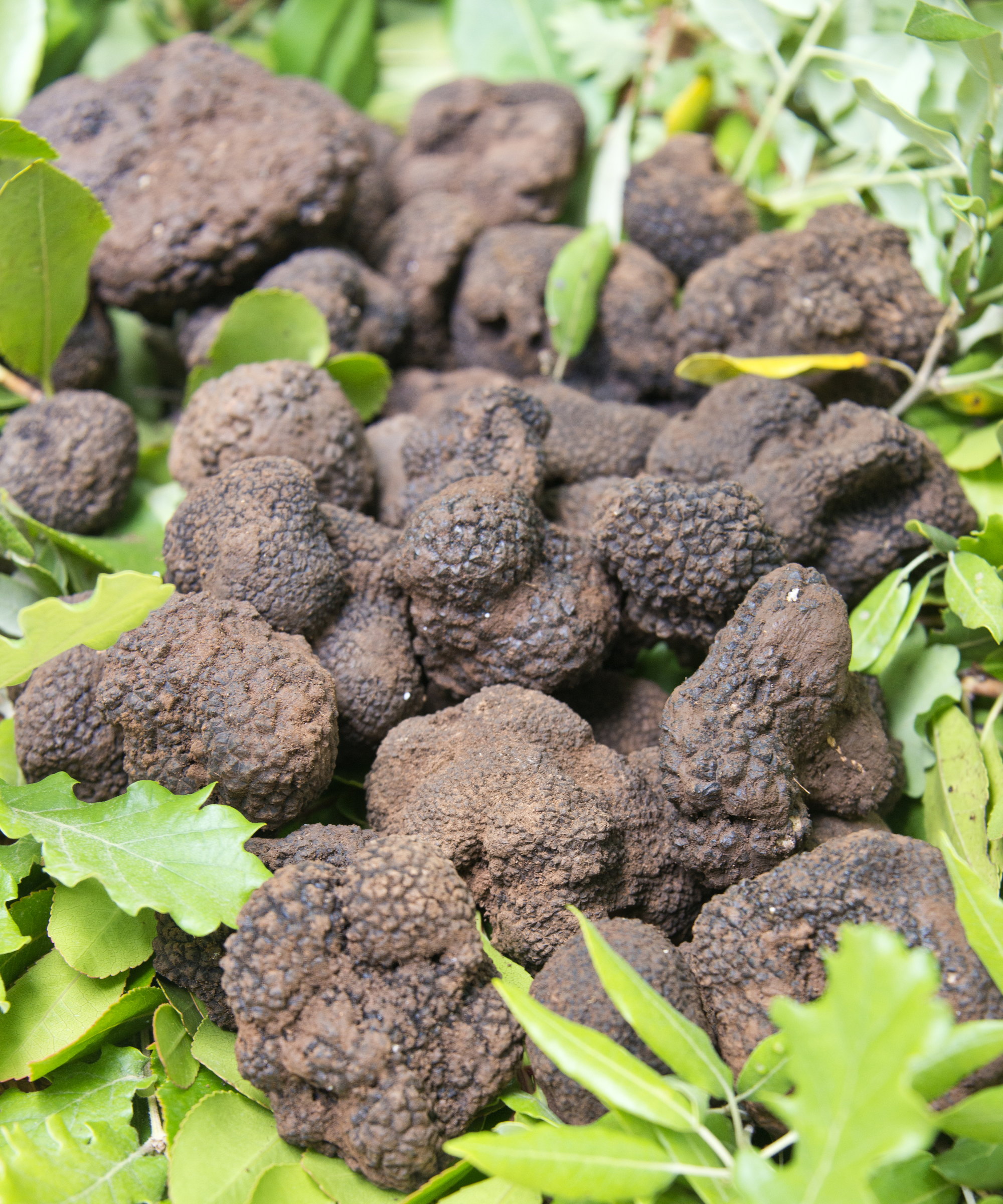
One of the trickiest aspects of growing truffles is site location, as they have very particular requirements that must be met if you have any aspirations of harvesting your own crop. Providing these specific conditions is a must, and, along with space, is a barrier to growing truffles.
It starts with growing them in a temperate climate, as truffles need mild winters and warm, but not hot, summers. It means growing truffles is unsuitable for hotter southern US hardiness zones.
As well as a specific climate, truffles are finicky about soil type, so Vanessa Shea recommends: 'Before planting, it's essential to perform comprehensive soil testing to ensure suitability. Truffles will not grow in acidic or poorly drained soils.'
Truffles want a soil pH of 7.5 to 8.5, which is more alkaline than most soils. You can add lime to the planting site to raise the soil pH and make it more suitable for growing truffles.
It is also advisable to add organic matter to the area, as Vanessa Shea claims truffles flourish in soil with up to 8% organic matter. Adding compost or well-rotted manure will boost soil nutrients and moisture retention, but check that it does not adjust the soil's pH.
Space is the other block in the road. Ideally, you need a small orchard at least half an acre in size with full sun exposure and irrigation to keep the trees alive.
How to Grow Truffles – Caring for Trees
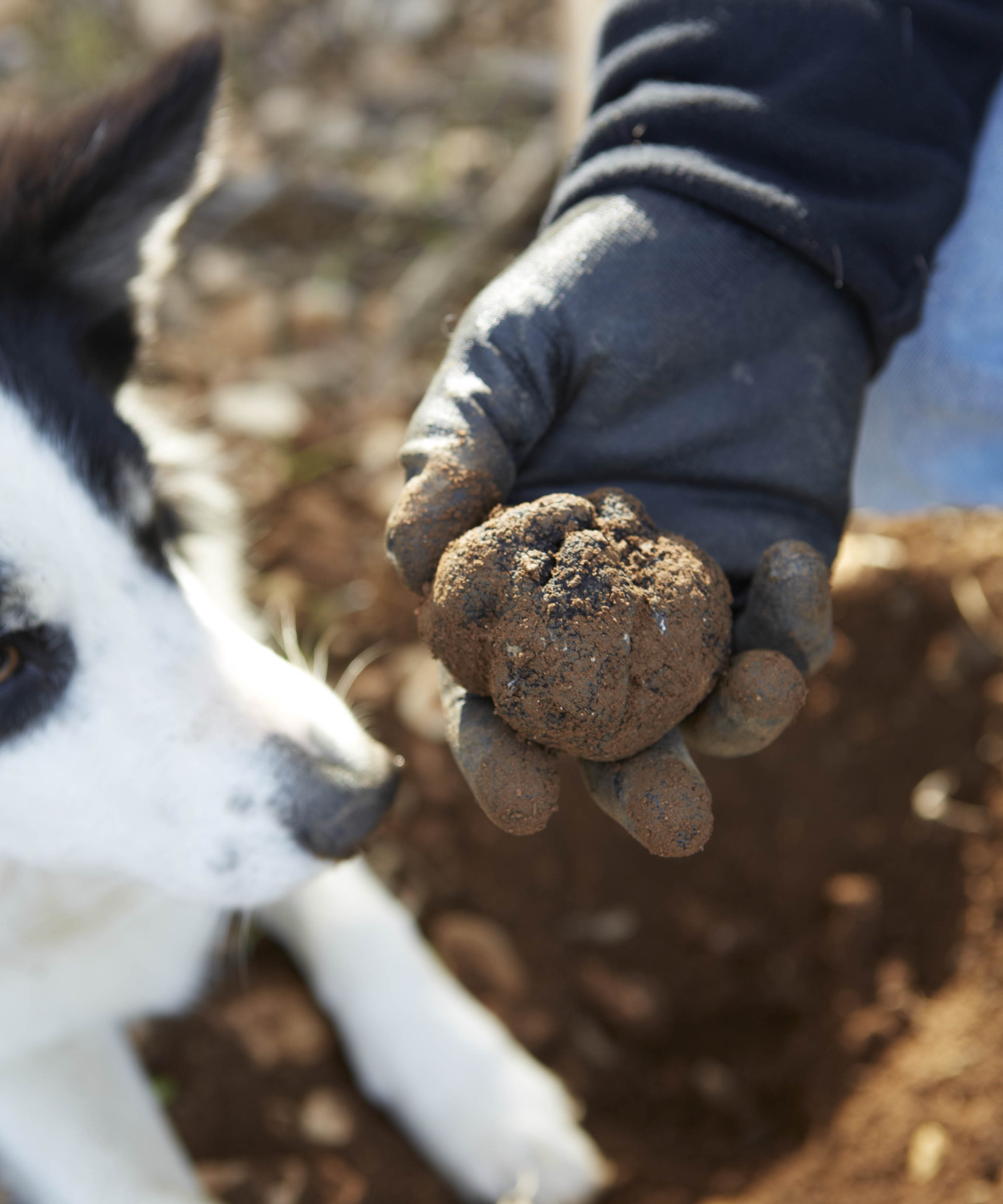
After getting a suitable site and preparing the land, it is time to source inoculated trees. Vanessa recommends purchasing from 'a trusted nursery with DNA and mycorrhizal verification' and planting trees in March or November.
A single tree is not likely to bring success; you need many trees for the fungi to spread and flourish among the roots. The trees also want to be planted away from other trees that may harbour competing fungi. Either plant your inoculated trees 150 feet from different trees, or dig a two-foot trench and line it with polythene to prevent other roots from entering.
'Tree care is ongoing and essential for success,' adds Vanessa. 'These are not "plant and forget" trees – regular orchard management is required.'
Ongoing care includes weeding to reduce competition, regular monitoring and deep watering of trees, and routine checking of the soil pH to maintain ideal levels. There are also aspects of pest and disease management to keep on top of year after year.
After at least four years of maintaining the trees, you may get your first harvest. Again, this is a trickier aspect of growing truffles, as a trained truffle dog or pig is required to sniff out truffles.
FAQs
How Long Do Truffles Take to Grow?
There is no guarantee of getting truffles, as it all depends on the fungus thriving in ideal conditions and the tree growing healthily. Vanessa Shea from Virginia Truffles says that 'patience is key', adding: 'Truffle orchards typically take 4 to 8 years before producing their first harvest.' It may take up to 10 years to get a good crop, but a productive tree can continue to produce truffles for up to 40 years.
If you want to try something simpler than devoting time and effort to mastering how to grow truffles, you could try your hand at growing mushrooms at home. For example, you can grow oyster mushrooms indoors or outdoors in only a few weeks.
The simplest way to do it is to get dedicated mushroom growing kits for different types of oyster mushrooms (such as this pink oyster organic mushroom grow kit at Amazon). Alternatively, you can purchase spawn to scatter onto straw, or get spawn plugs to tap into holes in hardwood logs.
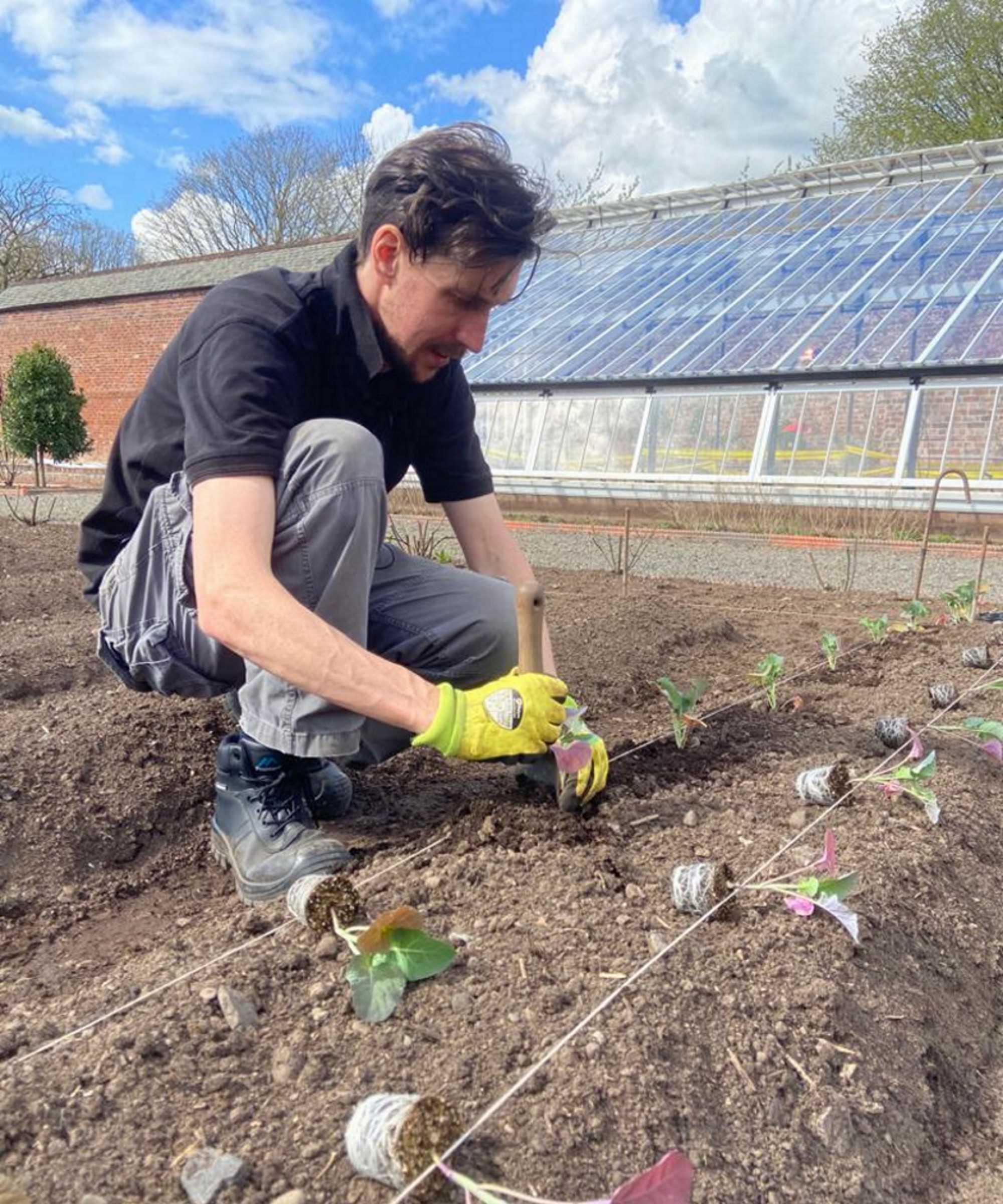
Drew has worked as a writer since 2008 and was also a professional gardener for many years. As a trained horticulturist, he worked in prestigious historic gardens, including Hanbury Hall and the world-famous Hidcote Manor Garden. He also spent time as a specialist kitchen gardener at Soho Farmhouse and Netherby Hall, where he grew vegetables, fruit, herbs, and cut flowers for restaurants. Drew has written for numerous print and online publications and is an allotment holder and garden blogger. He is shortlisted for the Digital Gardening Writer of the Year at the 2025 Garden Media Guild Awards.
